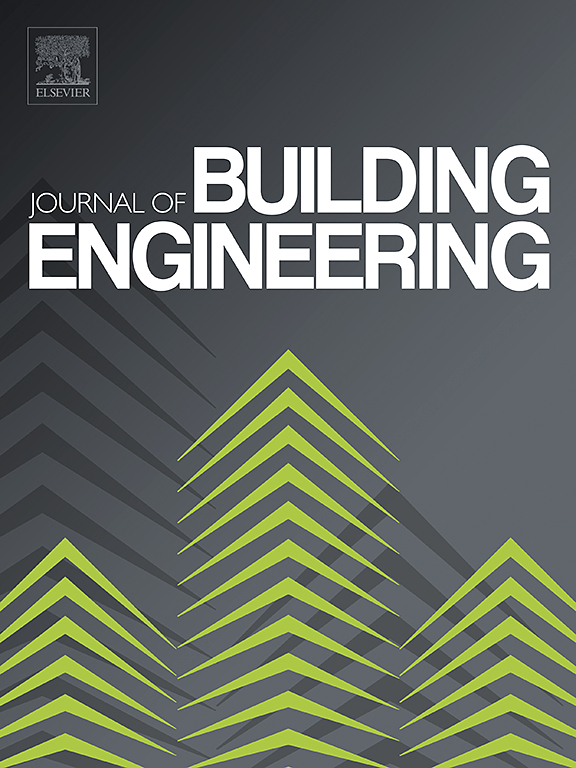The construction industry continuously seeks sustainable alternatives as primary building materials to mitigate environmental impacts and achieve sustainable development. In this study, efforts are been made to develop and test the performance of geopolymer bricks with recycled brick waste (RBW) as a precursor material in the geopolymer. The main objective of the present study is to recycle and reutilize brick wastes from Construction and Demolition (C&D) waste and assess their physico-mechanical, brick-bond strength, and durability properties of recycled brick waste-based geopolymer bricks (RBWB). The trial mix had been prepared using the Taguchi L9 (33) Orthogonal Array design; three factors and three levels were considered, Molarity (M) 8–12, Alkaline Solution Ratio (ASR) 1.5–2.5, and Curing Temperature (CT) 40–60 . Statistical analysis of variance (ANOVA) and multi-response optimization were conducted to identify optimal parameters. Prediction analysis and confirmation experiments were performed and validated within a 95 % confidence interval (CI). According to multi-response analysis, the optimal parameters for enhancing the performances of bricks were 10M, 2.5ASR, and 60 °C CT. RBWB showed only a 3.1%–5.87 % reduction in compressive strength at 400 and 7.1%–8% at 1000 , indicating that they are highly thermally stable and can be suitably used for high-temperature applications. The weight and compressive strength reductions of RBWB in the range of 3.1%–9.2 % and 3.1%–35.73 %, respectively, were recorded after exposure to a solution of 5 % H2SO4 for 7–180 days. Further, the exposure of RBWB to a 5 % Na2SO4 solution resulted in weight change from 1.4 % to −1.1 % and compressive strength from 2.74 % to −13.2 % for 180 days. These results further reveal RBWB as a viable and sustainable substitute for traditional bricks, offering significant environmental benefits with improved characteristics for building applications.


